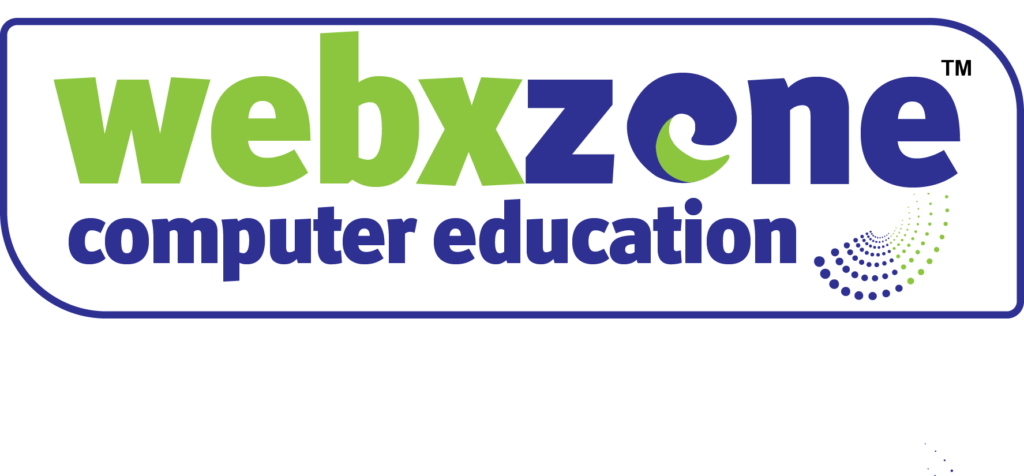Lesson 1: Introduction to Programming 1
- Objective Domain Matrix 1
- Key Terms 1
- Understanding Computer Programming 2
- Introducing Algorithms 2
- Introducing C# 4
- Understanding Decision Structures 11
- The If Statement 11
- The If-Else Statement 13
- The Switch Statement 15
- Understanding Repetition Structures 17
- Understanding the While Loop 17
- Understanding the Do-While Loop 19
- Understanding the For Loop 20
- Understanding the Foreach Loop 21
- Understanding Recursion 22
- Understanding Exception Handling 23
- Handling Exceptions 24
- Using Try-Catch-Finally 25
- Skill Summary 26
Lesson 2: Introduction to Object-Oriented Programming 32
- Objective Domain Matrix 32
- Key Terms 32
- Understanding Objects 33
- Thinking in an Object-Oriented Way 33
- Understanding Classes 33
- Understanding Values and References 44
- Understanding Structs 44
- Understanding Memory Allocation 45
- Understanding Encapsulation 47
- Understanding Access Modifiers 48
- Understanding Inheritance 48
- Understanding Abstract and Sealed Classes 50
- Inheriting from the Object Class 51
- Casting between Types 52
- Understanding Polymorphism 53
- Understanding the Override and New Keywords 55
- Understanding Interfaces 56
- Skill Summary 58
- Knowledge Assessment 59
Lesson 3: Understanding General Software Development 65
- Objective Domain Matrix 65
- Key Terms 65
- Understanding Application Lifecycle Management 66
- Understanding Requirements Analysis 66
- Understanding the Design Process 67
- Software Development 67
- Understanding Software Testing 68
- Understanding Release Management 68
- Understanding Testing 68
- Understanding Testing Methods 69
- Understanding Testing Levels 69
- Understanding Data Structures 70
- Understanding Arrays 70
- Understanding Queues 72
- Understanding Stacks 73
- Linked Lists 74
- Understanding Sorting Algorithms 76
- Understanding BubbleSort 76
- Understanding QuickSort 79
- Skill Summary 81
- Knowledge Assessment 81

